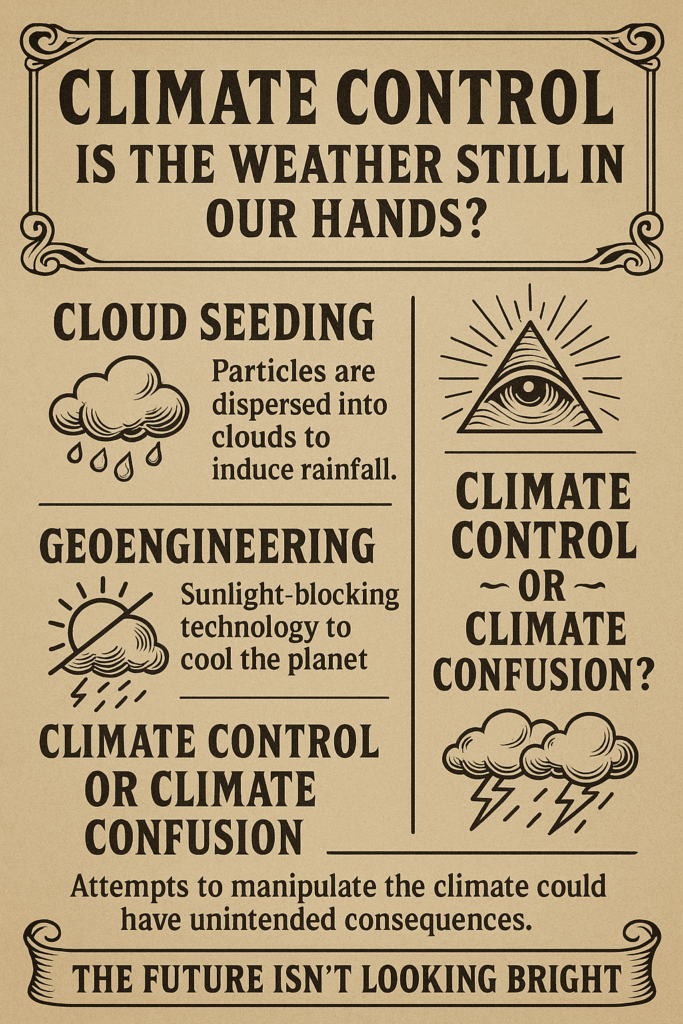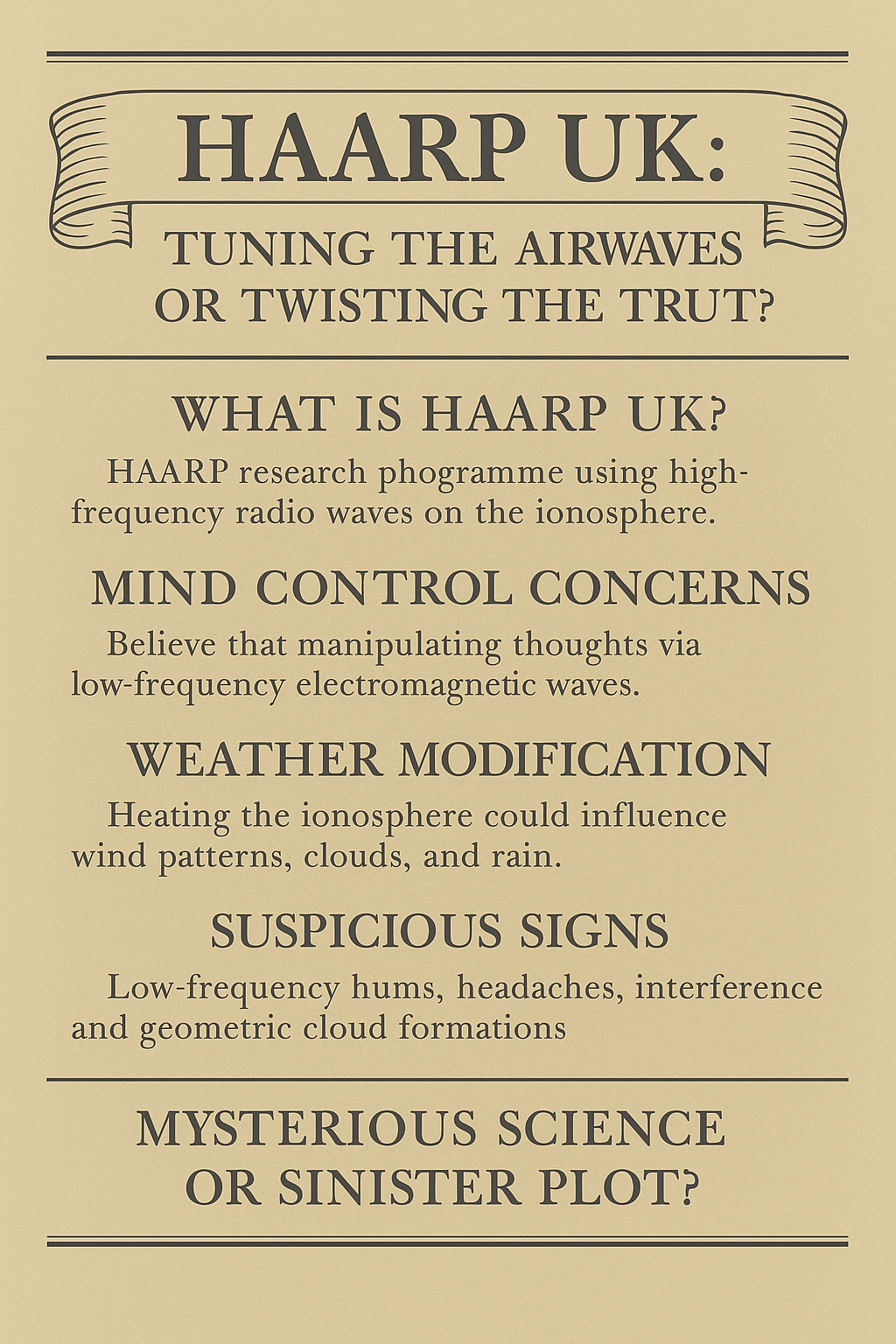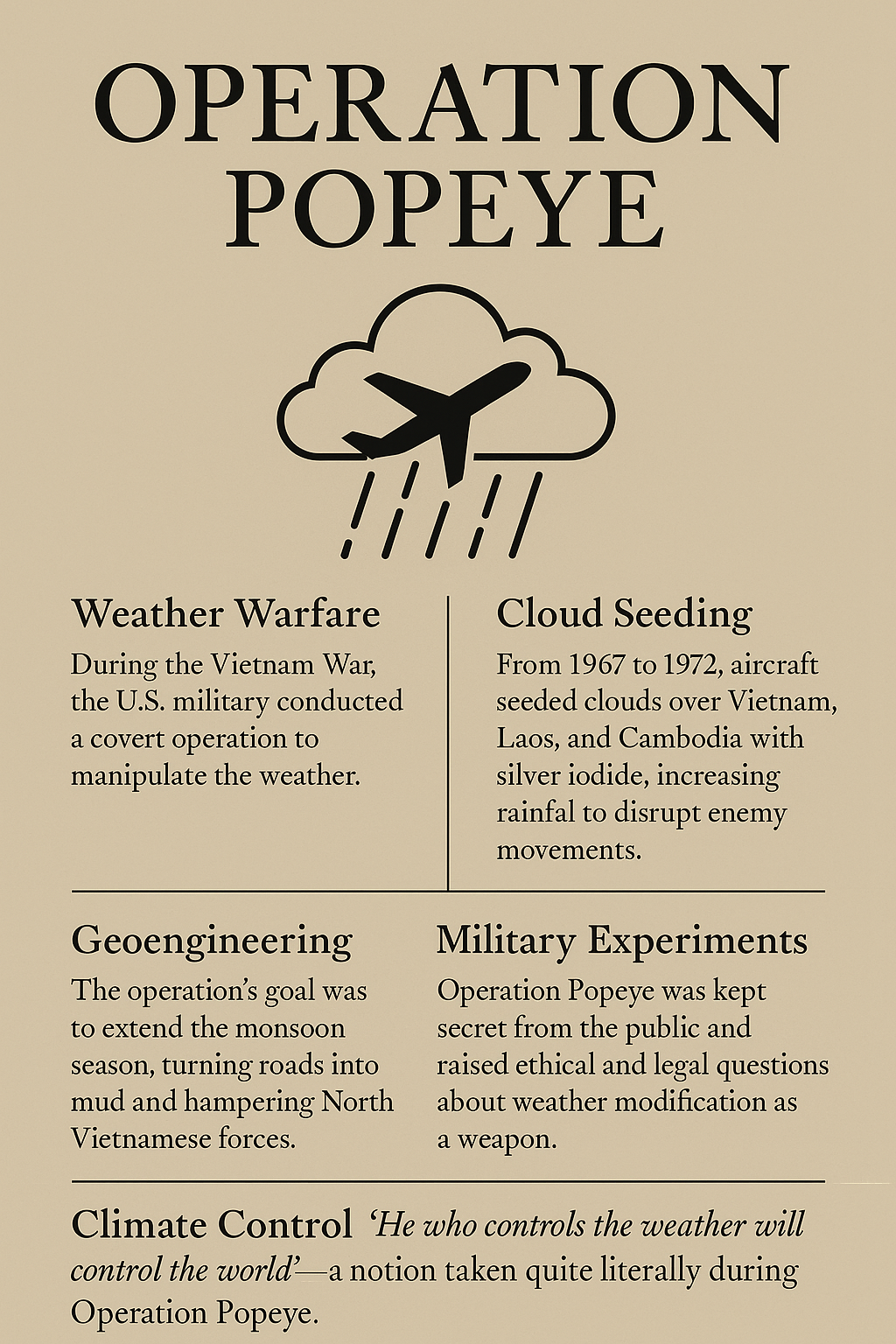Climate Control Is The Weather Still in Our Hands?
Introduction: Rewriting the Forecast?
Mention the term climate control and most people instantly think of indoor heating systems or dashboard settings in their car. Even so, the phrase has come to represent something far more expansive — and controversial. From manufactured rainstorms to proposals for dimming the sun, climate control now sits at the heart of one of the most debated issues of our time.
Could today’s advanced technologies offer genuine solutions to environmental challenges, or are we stepping into an era where nature is managed like software — and the skies are under someone’s control?
A New Era of Climate Control Technology
Not long ago, weather manipulation belonged in fiction. Today, it’s being prioritised in both scientific and political circles.
Around the world, a mix of state bodies and tech firms are creating methods to increase rainfall, lower temperatures, and capture excess carbon.
The ambition? To reshape weather conditions to serve human objectives — though not without controversy.
Some see these breakthroughs as the next step in protecting the planet. Others, however, are increasingly uneasy about what we’re tampering with — and where it might lead.
Cloud Seeding: Making Rain on Command
One of the most well-known forms of climate control is cloud seeding. Countries like China, the UAE, and even parts of the UK actively conduct this process by dispersing particles such as silver iodide into clouds to encourage rain formation.
Supporters argue it can reduce drought and support agriculture. However, critics question the unintended consequences — including the ethical dilemma of redirecting rainfall away from other regions. Despite the benefits often cited, many believe it introduces more uncertainty than it solves.
Climate Control or Geoengineering?
As climate concerns grow, geoengineering has emerged as a serious option. Techniques range from ocean fertilisation to stratospheric aerosol injection, where particles are released into the atmosphere to reflect sunlight and cool the planet. Billionaires like Bill Gates have funded such research under the banner of climate action.
Even so, the concept of manipulating the planet’s climate on a broad scale continues to make many uneasy.
Climate Control or Climate Confusion?
Adjusting Earth’s natural weather patterns — even on a minor scale — can lead to a cascade of unpredictable outcomes. Blocking sunlight could impact crop growth. Altering rainfall might shift ecosystems. And once such systems come into play, reversing the changes may prove impossible.
Supporters insist these interventions are necessary. Yet others argue that if misused, they could be more dangerous than the problems they aim to solve.
Coincidence or Control?
Odd sky formations, fast-spreading fires, and uniform cloud shapes have prompted some to believe that more could be happening than is openly admitted.
While scientists often provide conventional explanations, the close timing between unusual weather and new environmental policies continues to raise questions.
Though no official narrative confirms deliberate orchestration, interest in the climate control debate continues to grow — especially in alternative circles.
Climate Control. The Question of Who Gains
Here’s the elephant in the room: if we can control the climate, who benefits?
Major shifts in weather frequently precede increased legislation, land redistribution, or large financial gains for private interests.
In that sense, climate control moves beyond scientific innovation — it enters the realm of geopolitical power.
Perhaps that’s the very reason more people have begun to question the official story.
Conclusion: Tread Lightly on the Clouds
Climate change is real, and solutions are necessary. But as climate control becomes part of the discussion, so must transparency. From weather modification to sun-dimming experiments, our influence over the elements is no longer theoretical — it’s already unfolding.
Whether you trust those at the controls or not, one thing’s clear: the skies above are no longer entirely out of reach.






